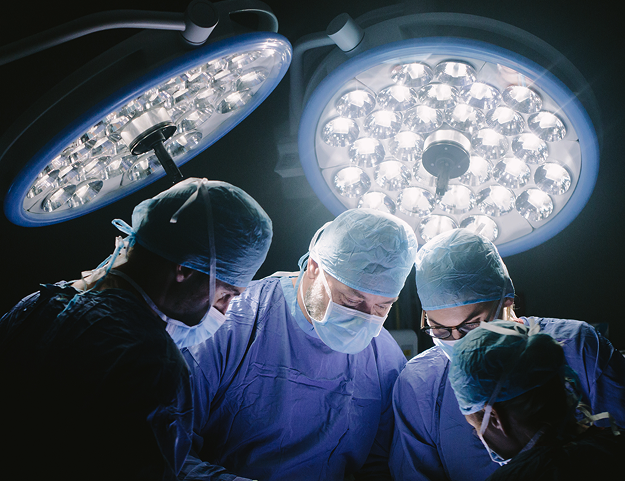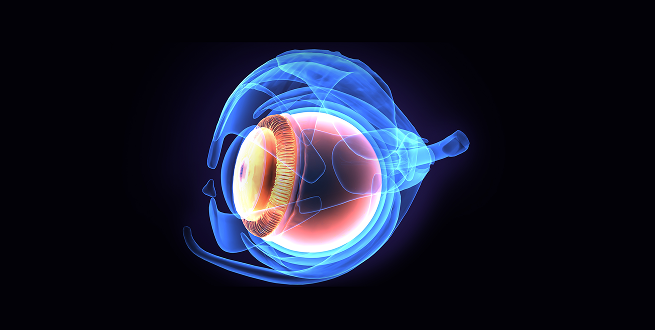What type of preclinical studies do you require?


Drug development


Tissue regeneration, new biomaterials, stem cells


Medical devices
-
0
preclinical trials
-
0
therapeutic areas
-
0
models
Therapeutic areas of expertise

Preclinical models
Preclinical animal models
Miniature pigs: Specipig, Göttingen minipig.
Other preclinical models
Efficient models for innovative outcomes
If something can be imagined, it can be created, just like our ad hoc open models.
With our network of experts and surgeons, we can create a wide variety of surgical models across different systems and organs. Furthermore, we are equipped to perform the most advanced surgical techniques and procedures. Some of the disease preclinical models developed so far at Versa Biomedical include:

Skin-Dermatology
Wound healing model / Wound challenge model / Skin inflammation model / Skin burn model / Full and partial wound healing model / SC administration
Eyes – Ophthalmology
Macular degeneration model / Blindness induction model / Behavioural eye vision labyrinth
Renal
Renal transplant model / Partial or total nephrectomy model / Cold and warm ischemia model
Sepsis
LPS sepsis model / Acute clinical sepsis model / Acute subclinical sepsis model
Neonate – Preterm
Preterm UCI necrotic enterocolitis (NEC) model
Dental
Implant model / Dental bone regeneration
Brain
Ischemic stroke model
Cardiovascular
Thrombus model / Myocardial infarct (MI) / ischemia model
OncoSpecipig
We are developing a Specipig hybrid GM oncology model together with Sus Clinicals
I+D
Research and Development of new disease pig models / Customization of new disease or surgical pig models
Experts in designing flexible, biomedical models



Based on our expertise and in collaboration with leading experts in each therapeutic area, we can develop a proposal for the pig model that best aligns with the preclinical research aims. To achieve these, we work based on experience, bibliography or information provided by the sponsor or client.
Related projects
Stay up to date with all Versa Biomedical news, events and achievements.



